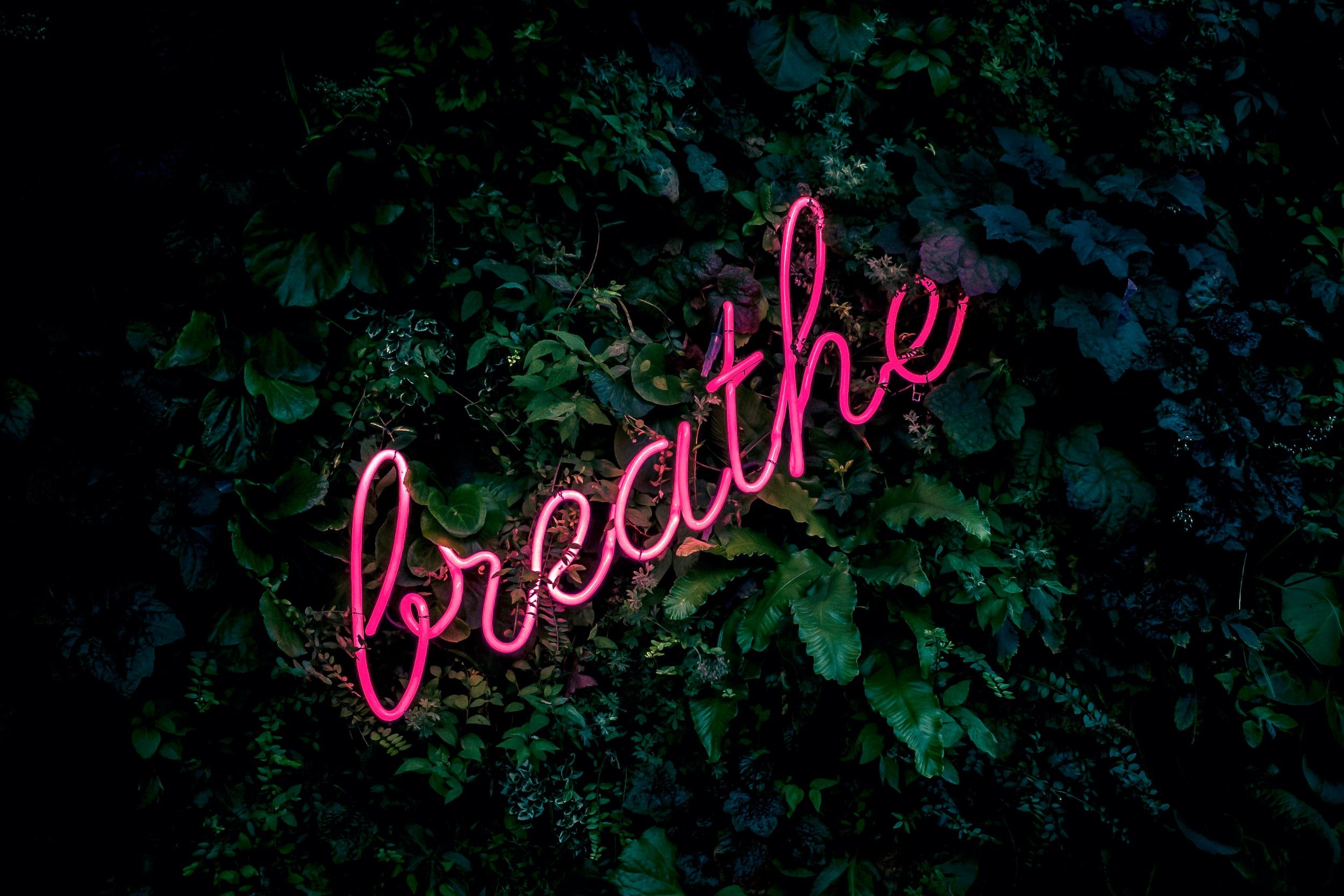Respiratory Health: A Breath of Education
Rehab tools to help you breath easy
The past several months have shaken us globally, leaving few pieces of life unchanged. For many, the pandemic has pushed us towards the key, yet sometimes taken for granted, essentials. Things like family, good health, and valued priorities are in keen focus. For those diagnosed with covid-19 or another respiratory ailment, one basic life essential that has changed is a person's ability to breathe with ease - it may have become effortful and a source of worry. If this is you or someone you know, then this information will likely be useful.
The information below will outline how physiotherapy offered through in-person and or telehealth visits can help. Also, we will get you started with the basics: good advice and exercises aimed at easing breathlessness. We hope that you will find these tools useful, and please know we are always here to help.
Covid-19 and Respiratory Illness can lead to needing support with:
Shortness of breath
Secretion clearance
Fatigue
Pain
Deconditioning
Exercise Guidance
The good news is that many symptoms secondary to a respiratory illness like Covid-19 can be managed with simple education and a rehab plan. Below is some information to get you started if you are experiencing any of the above. We can help support your clinical needs and collaborate with your health care providers. If you would prefer to speak with one of our physiotherapists one on one, please consider contacting us.
REHAB TOOLS TO MANAGE SHORTNESS OF BREATH
1. The Environment: If possible, move to an environment that is calm and cool with airflow. If you have a personal fan, direct the airflow at your nose and mouth to stimulate the parasympathetic nervous system, which promotes rest and relaxation throughout the body.
2. Body Position:
There are certain positions that are optimal for lung expansion, gas exchange and minimize the compression of the chest and abdomen:
SITTING: Sit upright with your back against a chair, feet wide apart, while leaning forward with both arms on a bedside table or knees. This allows more space for lung expansion.
STANDING: Lean back against a wall with your feet slightly apart keeping your head and shoulders relaxed.
IN BED: Elevate the head of your bed, support and elevate both arms with pillows.
OTHER: Lean forward on a banister when climbing the stairs or shopping cart when shopping.
3. Regain Control of your Breathing Quickly:
PURSED LIP BREATHING
Breath in slowly through your nose for 1 count.
Purse your lips, as if you are about to whistle.
Breathe out through pursed lips for 2 slow counts- let air escape without force.
Continue pursed lip breathing until the feeling of breathlessness resolves.
DIAPHRAGMATIC BREATHING
Put one hand on your abdomen and one on your upper chest.
Breathe in slowly through the nose, feel your hand on your abdomen move out.
Breathe out through pursed lips, feel your hand on your abdomen move inwards.
SLOWING THE BREATHING RATE
Stop and rest in a comfortable position.
Lower your head and shoulders on a table or just relax.
Breathe in through your nose and out through your mouth, slowing down your exhale (may use pursed lip breathing).
Begin diaphragmatic breathing and counting your breath, counting in for 2 seconds and out for 4 seconds.
Stay in the position, counting your breathing for up to 5 minutes.
REHAB TOOLS TO MANAGE PAIN AND FATIGUE
1. Energy Conservation
Be mindful of your energy levels, do more difficult tasks at times of the day where you have a peak in energy, complete tasks slowly and steadily or even delegate if possible for a short while.
2. Pacing
Schedule short and frequent breaks in the day. Balance activity with rest as needed with self-compassion; recognize that it’s okay and normal to have good and bad days.
3. Prioritize Sleep
Sleep is a super power. Stay on schedule, keep a night time routine and aim for 7-9 hours of sleep. Learn more about sleep here.
4. Get Physical Activity
Sit less and move more. Set small activity goals that can grow daily or weekly. Avoid being too restful as this can contribute to more fatigue, pain, deconditioning and shortness of breath. Cancer can make fatigue, and set backs with exercise feel complicated, reach out for support if you’re finding exercise difficult. Read here for more advice on exercising with cancer safely.
We hope some of this information was helpful for you or to those you care about. Feel free to share this information to anyone you feel might benefit or find it interesting. If you want to learn more about your respiratory health, consider booking an appointment with a cancer physiotherapist. In the meantime, stay safe, keep active, enjoy good company responsibly and we hope you breathe a little easier.
As always, thank you for your interest in rehab tools and exercise as medicine
Kindly,
The Cancer Physio
This blog was written in collaboration with Sean Overin and Jenna Peters amongst lock down :)




